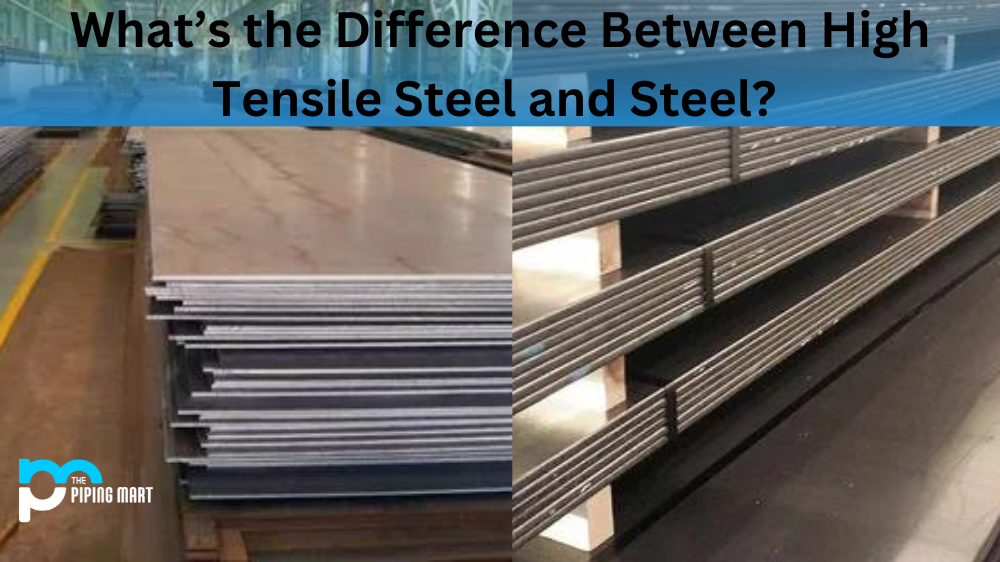Copper-nickel (Cu-Ni) fittings are a type of plumbing fitting used to join two pipes made of copper or copper alloys, such as brass and bronze. Cu-Ni fittings can also be used in other applications, such as heating and cooling systems, marine equipment, fuel lines, and more. In this guide, we’ll take a look at the benefits of using Cu-Ni fittings, what types are available, and how to install them.
Benefits of Using Cu-Nickel Fittings
Cu-Ni fittings offer several advantages over standard copper fittings. For one thing, they are highly corrosion-resistant due to their high nickel content. This means that they will last much longer than traditional copper fittings before needing to be replaced. Additionally, these fittings are simple to install thanks to their press-fit design, which eliminates the need for soldering or welding.
Types of Cu-Nickel Fittings
There are several types of Copper Nickel Forged Fittings available on the market today. The most common type is the elbow fitting which is used for making 90-degree bends in pipe runs. There are also tee fittings which can be used for branching off a line into two separate directions. Additionally, there are couplings which can be used to connect two different sizes of pipes together or extend an existing pipe run by connecting it to another piece of pipe. These pieces come in various sizes ranging from 1/8 inch up to 4 inches in diameter, so you can find the perfect fit for your project’s needs.
How To Install Cu-Nickel Fittings
Installing Cu-Ni fittings is relatively easy but should still be done with care since mistakes could lead to leaks or other issues down the road. First off, you’ll want to make sure that all parts involved fit together snugly without any gaps or spaces between them. You may need to use a wrench or pliers if the parts don’t fit together easily by hand. Once the parts have been aligned correctly and fit together tightly, you can then use a press tool (or vice grips) to apply pressure until the fitting has been securely seated into place. It’s important not to over-tighten as this could cause cracking or stripped threads on either part involved in the connection, so always proceed with caution when tightening down any connections involving metal parts!
Conclusion
Cu-nickel (Cu Ni) fittings provide superior corrosion resistance compared with regular copper fittings and offer an easy installation process due to their press fit design eliminating soldering and welding requirements. They come in a variety of shapes and sizes from 1/8″ up to 4″ diameter making them suitable for many applications, including plumbing systems, heating & cooling, marine equipment, and fuel lines, etc.; this comprehensive guide covers what makes Cu – Ni fittings better than others, different types available, and how easy it is to install. Knowing about Cu – nickel fittings can help you complete your projects faster with superior results!

Pipingmart is a B2B portal that specializes in metal, industrial and piping items. Additionally, we share the latest information and information about materials, products and various types of grades to assist businesses that are involved in this business.




